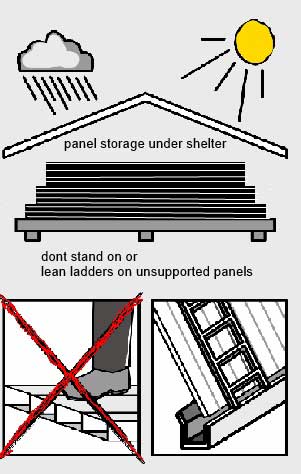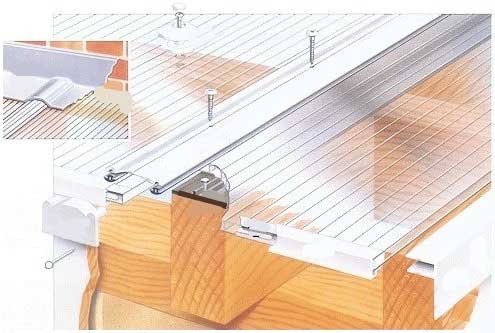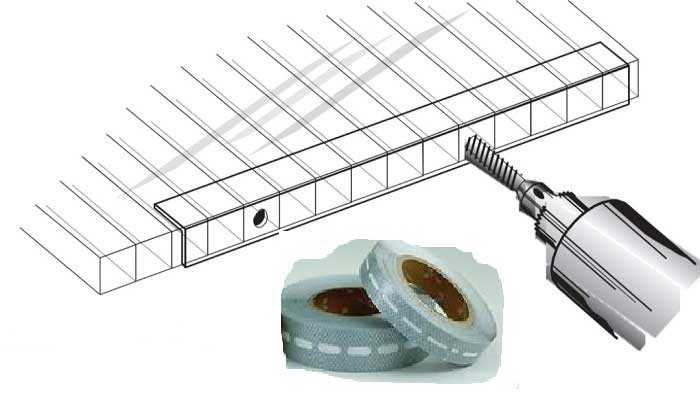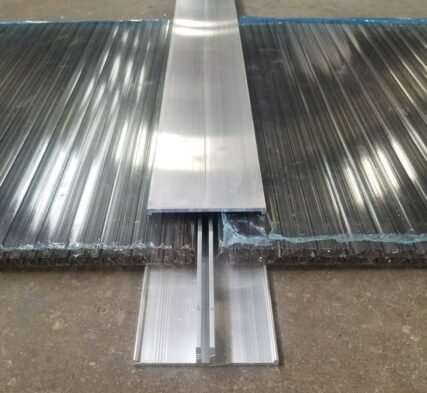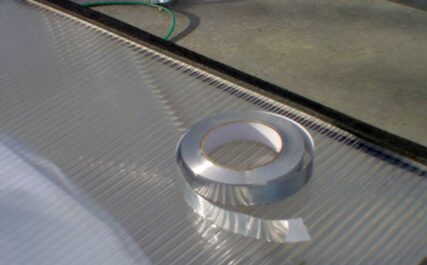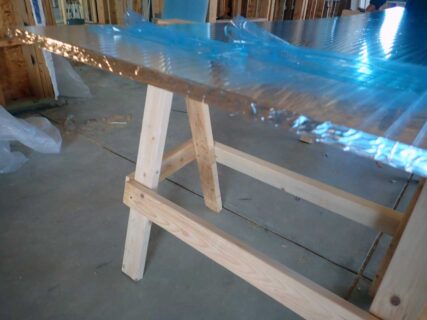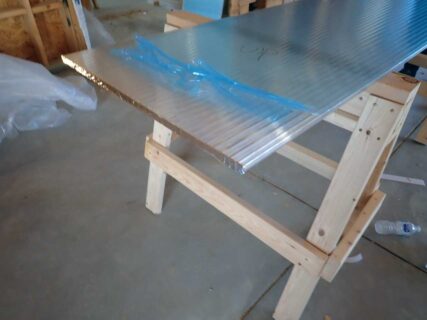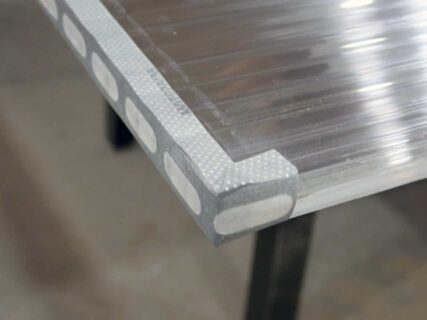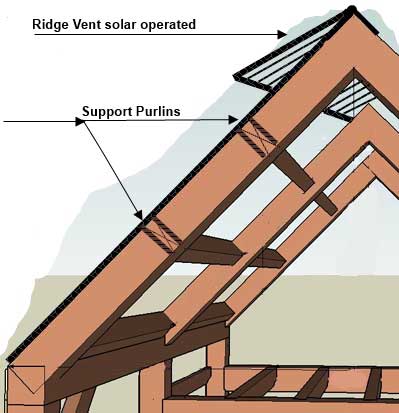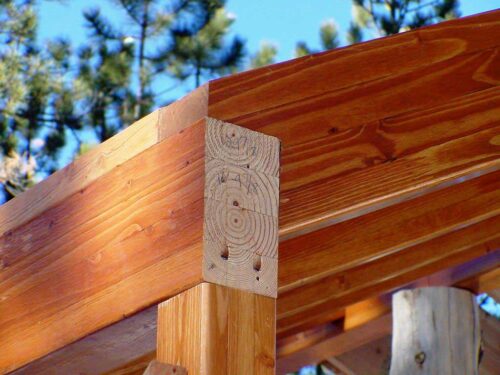Dimensional Lumber
The most popular building material for greenhouses, garages, sheds, out buildings, sunrooms and patio deck covers is dimensional lumber. This is a popular choice when a design calls for transparent sunlight to provide shelter and interior warm light.
The design transition to frame for joining polycarbonate panels together does require structural rafters and wall studs to have 3-inch surface to attach to.
Panels are available in 4-foot and 6-foot widths. Framing a double stud every 4-foot or 6-foot on center, using a double 2×4 or 2×6 for a 3-inch surface to attach to.
__||___|||____||____|||___||_
| 4-foot panel- |
Single 2 x 4 structural framing member should be every 24 inches on center.
Double up for a 3-inch stud, at 4 feet and 6 feet, to fasten in place a 3-inch wide polycarbonate H channel or a 2 3/4-inch wide aluminum glazing system, and join two panels together. Structural framing members for walls can also be framed horizontally, in much the same way a steel building is structurally framed. With horizontal framing, the exterior steel siding panel overlaps at the edges and runs vertically from top to bottom. For best results, all polycarbonate panel joints / seams should be joined with an H-channel, running horizontal or vertical, and should be on the same plane.


